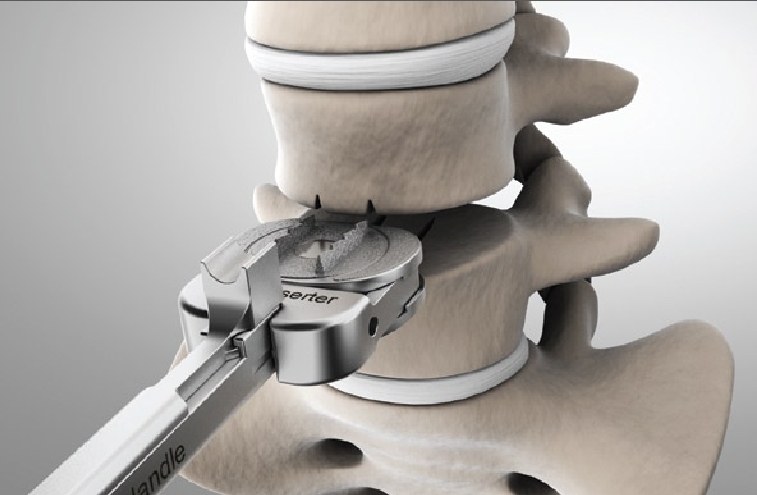Objective:
To compare the relative reoperation rates after minimally invasive spine surgery (MISS) and open spine surgery (OSS) for the treatment of degenerative disease in the lumbar spine.
Background:
MISS is a growing alternative to OSS. The preservation of musculature and minimization of iatrogenic injury may decrease the need for reoperation by preserving normal anatomy.
Methods:
This retrospective analysis compares the long-term reoperation rates after MISS and OSS. Eligible patients were adults with a primary lumbar intervention carried out between 5/1/2004 and 1/31/2014 to allow for at least five years of follow up. Patients without sufficient descriptive metrics or follow-up data were excluded. The primary outcome was the rate of lumbar spine reoperation.
Results:
A total of 2,130 patients met the inclusion criteria – 1895 underwent OSS and 235 underwent MISS. On average and across all surgery types (decompression and decompression with fusion), 28% of OSS patients required reoperation during the minimum five-year follow up period while only 14% of MISS patients required reoperation (p=0.001). The MISS group was statistically identical to the OSS group in all categories except that the MISS group was on average 1.8 years older (62.25 versus 60.45, p=0.039) and had a higher incidence of diabetes (26% versus 17%, p=0.000), but had a lower average Body Mass Index than the OSS group (28.35 versus 29.60, p=0.002).
Conclusions:
In the setting of degenerative lumbar spine disease, MISS has the potential to reduce the long-term need for reoperation when compared with OSS.

